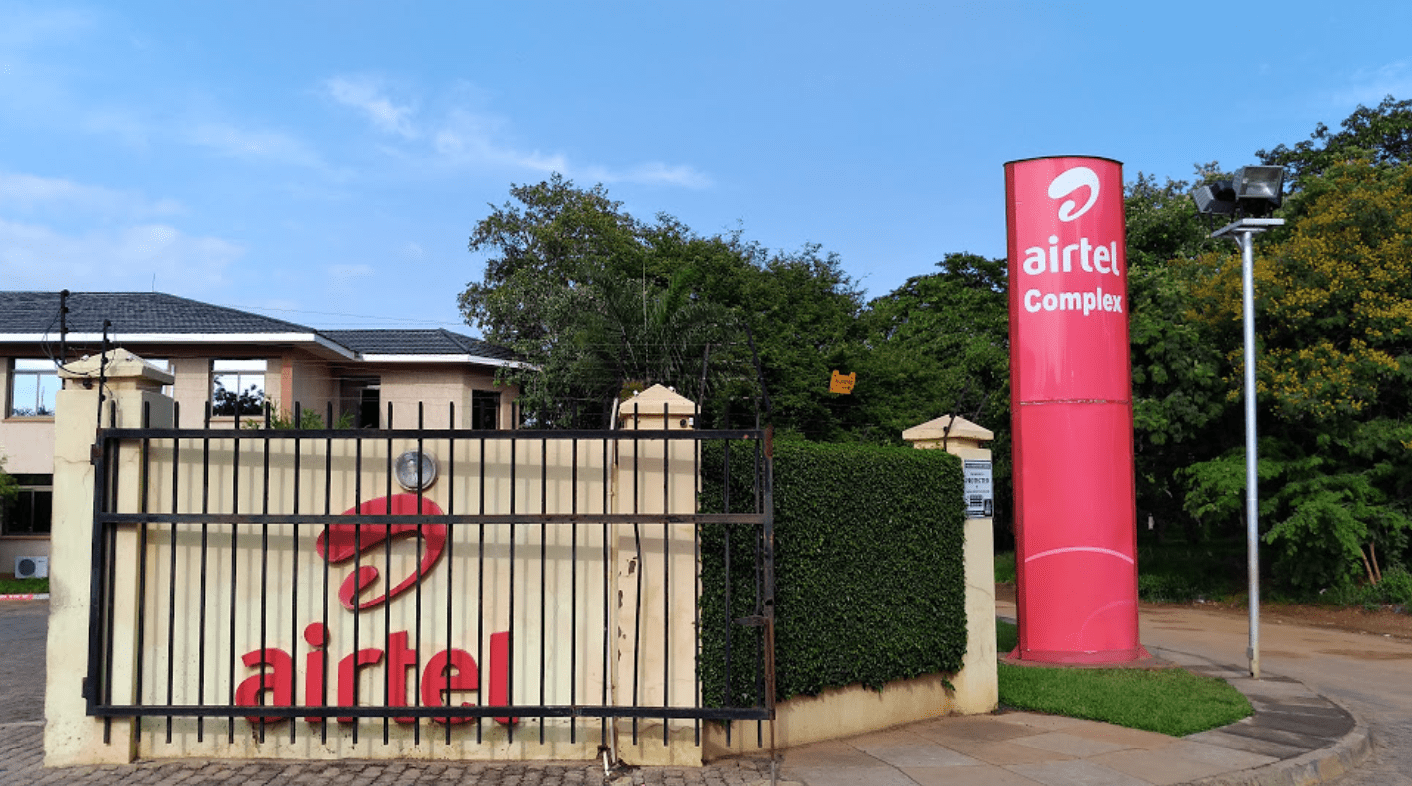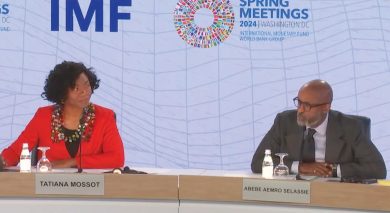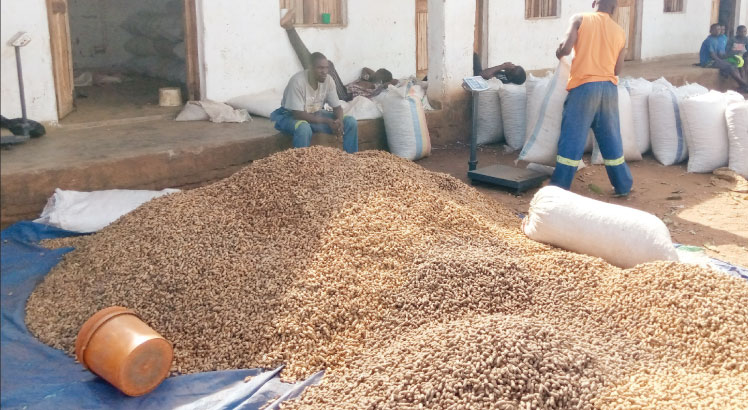Can banking solve Africa’s poverty problem?
Increasing number of Africans are using mobile phones for financial transactions, says World Bank
Despite being difficult to access, financial services in Africa are a tool in the fight against poverty and increasing development, Stefan Nalletamby, financial sector development director of the African Development Bank has said.

Nalletamby said that “access to these services, regardless of their nature (formal or informal), remains insufficient to sustainably and efficiently overcome Africa’s socioeconomic problems.”
Having access to “capital does not automatically result in an escape from poverty,” he said because one “must first know how to use it.”
Only 25 percent of Africa’s population has access to formal financial services (banks or microfinance institutions), according to data from the African Development Bank (ADB).
According to the Word Bank, 47 percent of sub-Saharan Africa lived in poverty in 2011.
“Financial inclusion can be a gateway out of poverty,” said Jim Yong Kimn, president of the World Bank, in an April 2015 press release.
“We have set a very ambitious goal, including universal access to financial services by 2020 and we now have proof that significant progress has been made,” he added.
Nalletamby said that beyond access to banking services, educating people concerning the proper use of the financial resources at their disposal while taking into account the context in which they live (rural or urban) is essential for an effective response to Africa’s poverty problem.
“The goal is not to bring people unbearable debts but to enable them reach their dreams by giving them the means to create their own projects and improve their living conditions,” Nalletamby said.
“To have money is not enough to be part of growth. One must be able to transfer and save money safely. Poor households with low incomes must sometimes borrow in order to deal with large expenses or invest to create or grow their businesses,” Jean-Loic Guieze, an expert at BNP Paribas bank, said in a research paper published in September 2014.
According to Nalletamby, Africa’s low rate of financial inclusion rate of just 25 percent is due to poor services, infrastructure and administrative structures.
Nalletamby said that despite the policies taken by a majority of African governments to facilitate access to financial services, “the financial inclusion level remains low.”
He also called on local decision makers to work to overcome the different obstacles by “adapting services to the people’s needs so that poor people can have access to these services and at the same time reduce the imposed requirements by various financial institutions.”
An ongoing ADB initiative called Making Finance Work for Africa (MFW4A), which targets the development of African financial sectors, aims to ease “barriers to access and offer appropriate financial services,” saying this “can enable households and small businesses to maximize the leverage of their savings or income to increase productivity, thereby contributing to an increase in their income, job creation and, ultimately, growth.”
Microfinance, mobile banking, targeted banking services and agricultural alternatives are some of the solutions proposed by MFW4A to strengthen financial inclusion in Africa.
According to Nalletamby, the use of these solutions is limited. But he also admitted that there have been great advances in banking services via mobile telephones.
Last April, the World Bank said in a statement that “four out of 10 people in Africa have a mobile phone,” and that an increasing number of Africans are “using mobile phones for financial transactions.”
The World Bank also said that “banking by telephone in sub-Saharan Africa in particular contributes to a rapid expansion and the rise of access to financial services.” The rate of telephone banking accounts exceeds 10 percent in 13 sub-Saharan African countries, according to the World Bank.—World Bank.





